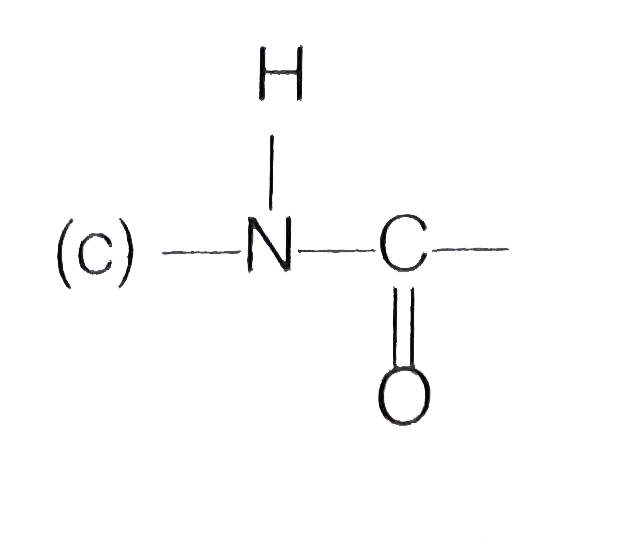In the sieve elements, which one of the following is the most likely function of P-protein-
(a) Autolytic enzymes
(b) Sealing mechanism on wounding
(c) Providing energy of active translocation
(d) Deposition of callose on sieve plates
Autolytic enzymes
Sealing mechanism on wounding
Providing enerfy of active translocation
Deposition of callose on sieve plates
The correct Answer is:B
To determine the most likely function of P-protein in sieve elements, let's analyze the options provided:
1. Understanding P-proteins: P-proteins are proteins found in the phloem of flowering plants. They play a significant role during unfavorable conditions, particularly when the sieve elements are disrupted.
2. Evaluating the options:
- (a) Autolytic enzymes: P-proteins do not function as autolytic enzymes. Their primary role is not to break down cellular components.
- (b) Sealing mechanism on wounding: P-proteins aggregate at the sieve plates when there is damage or wounding. This aggregation forms a clot that helps seal the wound and prevents the loss of phloem sap.
- (c) Providing energy of active translocation: The energy required for active translocation in plants is provided by ATP, not P-proteins.
- (d) Deposition of callose on sieve plates: While callose is involved in sealing, it is not the primary function of P-proteins. P-proteins are more directly involved in the immediate response to wounding.
3. Conclusion: Based on the analysis, the most likely function of P-protein is (b) sealing mechanism on wounding. They aggregate and form a clot to prevent the loss of phloem sap during times of injury.
- (a) Autolytic enzymes: P-proteins do not function as autolytic enzymes. Their primary role is not to break down cellular components.
- (b) Sealing mechanism on wounding: P-proteins aggregate at the sieve plates when there is damage or wounding. This aggregation forms a clot that helps seal the wound and prevents the loss of phloem sap.
- (c) Providing energy of active translocation: The energy required for active translocation in plants is provided by ATP, not P-proteins.
- (d) Deposition of callose on sieve plates: While callose is involved in sealing, it is not the primary function of P-proteins. P-proteins are more directly involved in the immediate response to wounding.
Topper's Solved these Questions
- ANATOMY OF FLOWERING PLANTS BOOK - CENGAGE BIOLOGY ENGLISHCHAPTER - ANATOMY OF FLOWERING PLANTS EXERCISE - ASSERTION-REASONING QUESTIONS
14 Videos
- ANATOMY OF FLOWERING PLANTS BOOK - CENGAGE BIOLOGY ENGLISHCHAPTER - ANATOMY OF FLOWERING PLANTS EXERCISE - ARCHIVES
38 Videos
- ANIMAL KINGDOMBOOK - CENGAGE BIOLOGY ENGLISHCHAPTER - ANIMAL KINGDOMEXERCISE - Archives
34 Videos
Similar Questions
Which one of the following chemical units is certainly to be found in enzymes ?
(a)
(b)
(c)
(d)
View SolutionWhich of the following ways is most likely to decrease the genetic diversity in a population ?
(a) Gene mutation
(b) Genetic recombination
(c) Stabilising natural selection
(d) Immigration of individuals
View Solution
Knowledge Check
Which one of the following living phenomena is absent in viruses ?
(a) Mutation
(b) Replication
(c) Production of energy
(d) None of theseAMutationBReplicationCProduction of energyDNone of theseWhich of the following enzyme digests proteins in stomach?
(a) trypsin
(b) pepsin
(c) erepsin
(d) none of theseAtrypsinBpepsinCerepsinDnone of theseWhich one of the following is not an attribute of enzymes?
(a) They are specific in nature
(b) They are used in chemical reactions
(c) They are thermolabile in nature
(d) They are proteinaceous in natureAThey are specific in natureBThey are used in chemical reactionsCThey are thermolabile in natureDThey are proteinaceous in nature
Which one of the following is a trace element for animal body?
(a) Phosphorus
(b) Magnesium
(c) Chlorine
(d) Manganese
View SolutionWhich of the following is not the function of stem? (a) Storage of food (b) Provides support (c) Conduction of minerals (d) Vegetative propagation (e) Absorption of minerals
View SolutionIn which one of the following functions, white muscles are not used ?
(a) Moving of eye balls
(b) Fast and strenuous work for short duration
(c) For sustained work at a slow rate for a prolonged duration
(d) Fast flights as in sparrows
View SolutionWhich of the following will not negatively affect the activity of an enzyme?
(a) Higher temperature than optimum
(b) Lower temperature than optimum
(c) Lower pH than optimum
(d) Presence of coenzyme
View SolutionThe oxygen evolved during photosynthesis comes from water molecules . Which one of the following pairs of elements is involved in this reaction ?
(a) Magnesium and Chlorine
(b) Manganese and Chlorine
(c) Manganese and Potassium
(d) Magnesium and Molybdenum
View Solution
